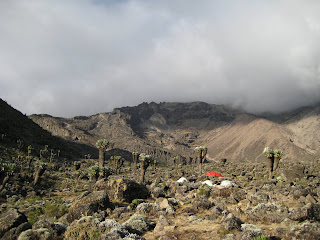In addition to working with Dr. Diefenthal and the radiology staff, Matt and I have had exposure to many of the other clinical services. Beyond the daily conferences and Wednesday didactic sessions, we have met informally with members of the obstetric, medical, surgical, and pathological departments. In addition to learning about the challenges facing their respective fields we shared cases and teaching materials and also tried to get a sense of how radiology benefits them and where it could be improved. Similar to more industrialized nations, radiology is relied upon more and more to make and/or confirm diagnoses, though at KCMC this power, particularly as it applies to the use of CT, is often tempered by limitations in technical availability, patient financial resources, and in some cases treatment options. Given some of these limitations, the radiological and clinical staff at KCMC are very collaborative using face-to-face consultation to optimize the imaging available and reduce redundant or low-yield testing.








